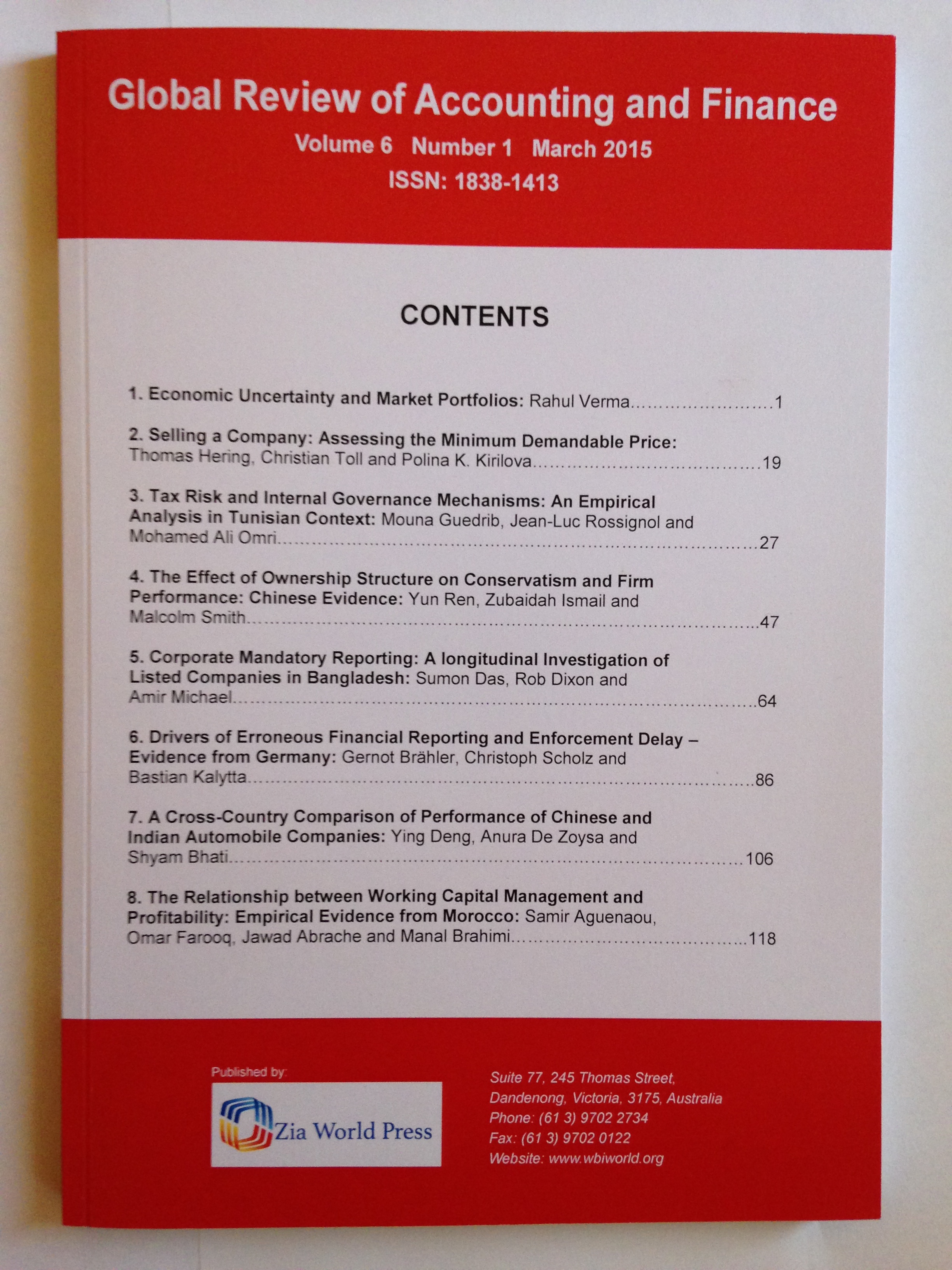September
2019

September 2019 (Global Review of Accounting and Finance)
Total Articles - 5
